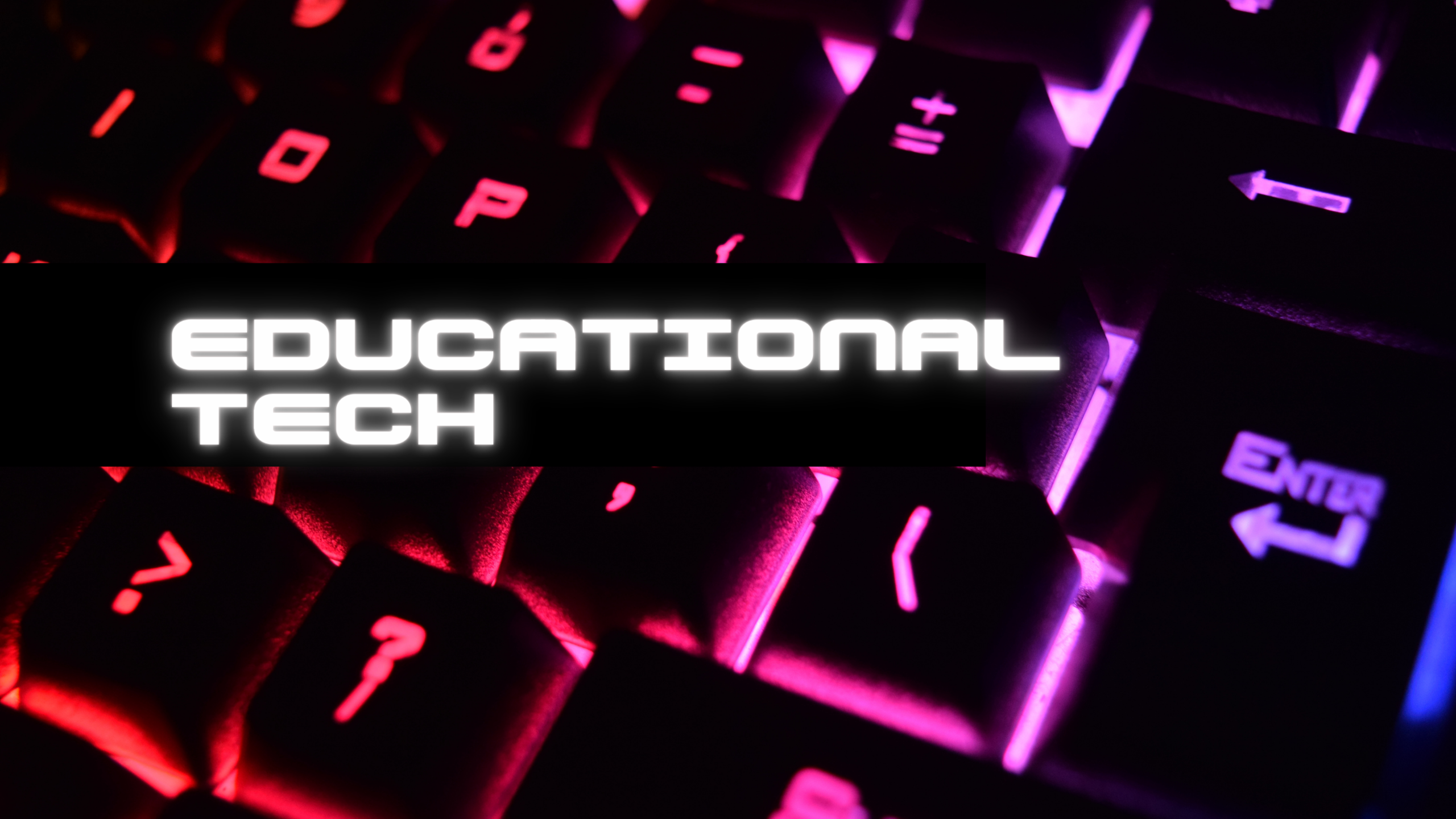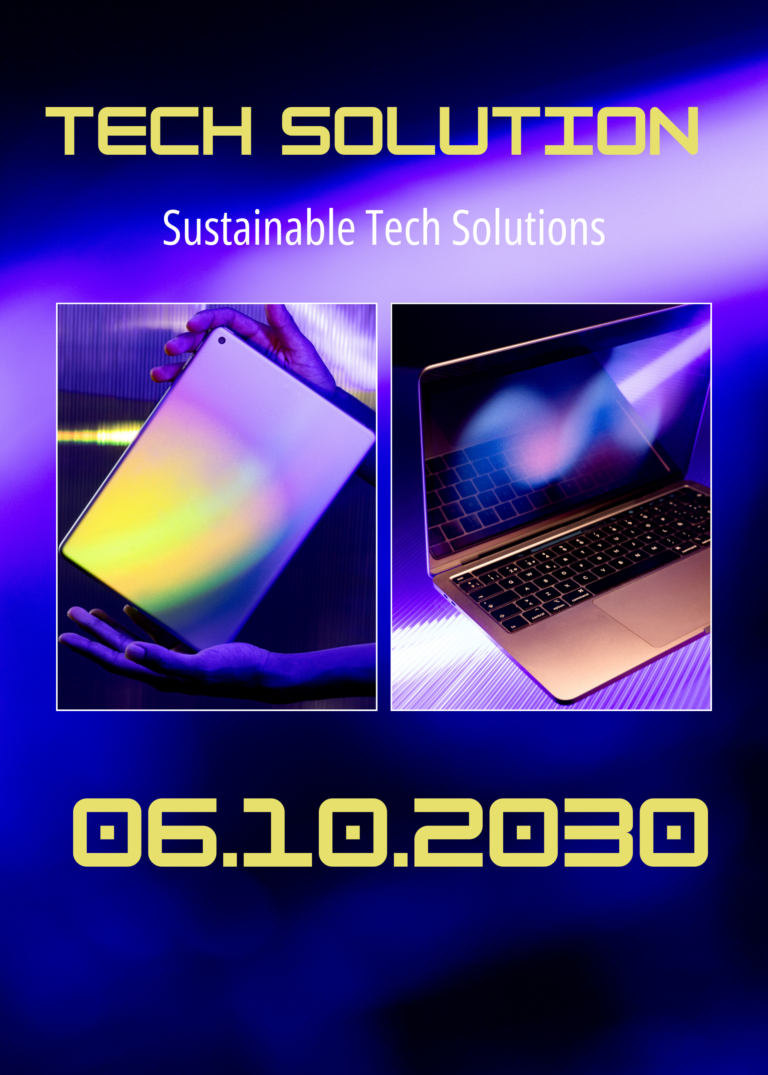Educational Tech
Educational Tech
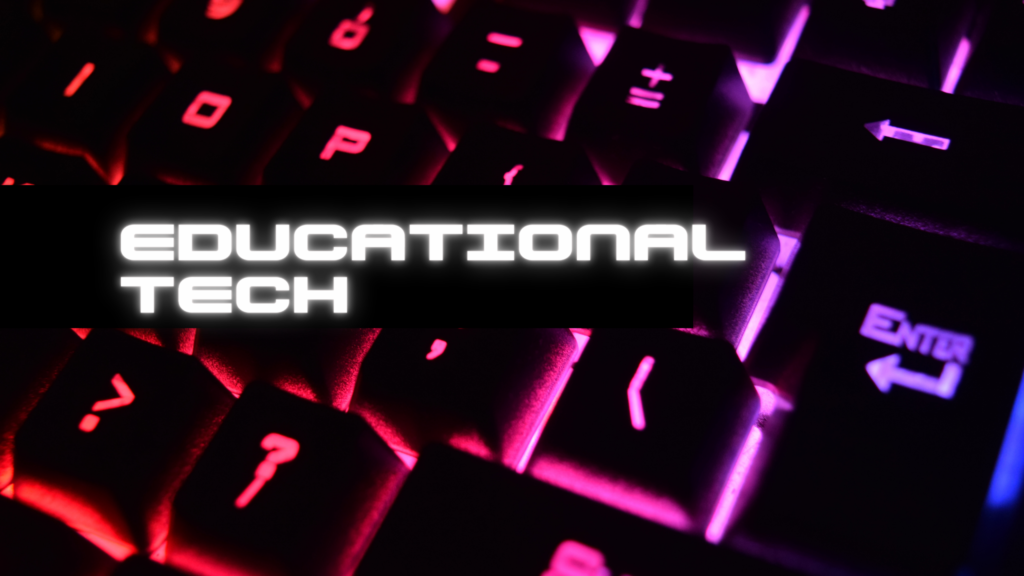
Introduction
Educational Tech is changing instruction at an uncommon speed. From man-made brainpower to augmented reality, inventive instruments and assets are rethinking the manner in which we learn and educate. The Coronavirus pandemic has sped up this shift, featuring the requirement for adaptable, available, and viable learning arrangements. As we push ahead in 2024, it’s vital for stay informed about the most recent Educational Tech patterns and their capability to further develop understudy results, improve educator experience, and shape the eventual fate of training. In this article, we’ll investigate the top Educational Tech patterns to watch in 2024 and how they’re reforming homerooms around the world.
I. Presentation
Upsetting Homerooms: Top Educational Tech Patterns to Watch in 2024
II. The Effect of Innovation on Training
The Fate of Realizing: How artificial intelligence is Changing Training
The Effect of Computer generated Reality on Instruction: A Unique advantage?
III. Improving Understudy Commitment and Results
10 Different ways Innovation is Further developing Understudy Commitment and Results
Customized Realizing: How Tech is Making Training More Powerful
IV. Educational Tech Devices and Assets
Educational Tech 101: A Novice’s Manual for Instruction Innovation
The Advantages of Internet Learning Stages for Understudies and Educators
V. Instructing with Innovation
From Blackboards to Tablets: The Development of Training Innovation
VI. Tending to Difficulties and Concerns
Network safety in Schooling: Safeguarding Understudy Information and Protection
VII. Conclusion
The Fate of Training: How Tech is Reforming the Study hall
Presentation Section: Altering Homerooms: Top Educational Tech Patterns to Watch in 2024
Section 2: The Effect of Educational Tech on Instruction
The Fate of Realizing: How artificial intelligence is Changing Schooling
Man-made consciousness (artificial intelligence) is altering instruction by upgrading the opportunity for growth, further developing understudy results, and making schooling more available and customized. Here are a few different ways man-made intelligence is changing schooling:
– Customized Learning: man-made intelligence controlled versatile learning frameworks change the educational plan to individual understudies’ necessities, capacities, and learning styles, giving a custom-made growth opportunity.
– Shrewd Mentoring Frameworks: man-made intelligence controlled virtual coaches offer one-on-one help, continuous input, and direction, empowering understudies to learn at their own speed.
– Computerized Evaluating: artificial intelligence fueled reviewing frameworks precisely survey understudy execution, opening up educators to zero in on additional basic assignments.
– Regular Language Handling: computer based intelligence fueled devices utilizing normal language handling (NLP) improve language learning, education, and relational abilities.
– Prescient Investigation: computer based intelligence controlled prescient examination recognize in danger understudies, empowering early mediation and designated help.
“The Effect of Computer generated Reality on Training: A Unique advantage?”
Computer generated reality (VR) is changing training by making vivid, intuitive, and connecting with growth opportunities that improve understudy figuring out, maintenance, and interest. Here are a few different ways VR is having an effect:
– Intelligent Recreations: VR empowers understudies to investigate complex ideas, verifiable occasions, and virtual labs, making learning really captivating and intuitive.
– Virtual Field Outings: VR goes on understudies on virtual field outings, investigating spots, societies, and conditions, expanding their viewpoints and understanding.
– Experiential Learning: VR gives active encounters, permitting understudies to rehearse abilities, explore, and gain from botches in a protected and controlled climate.
– Openness: VR separates hindrances, giving equivalent admittance to instruction to understudies with inabilities, language obstructions, or restricted assets.
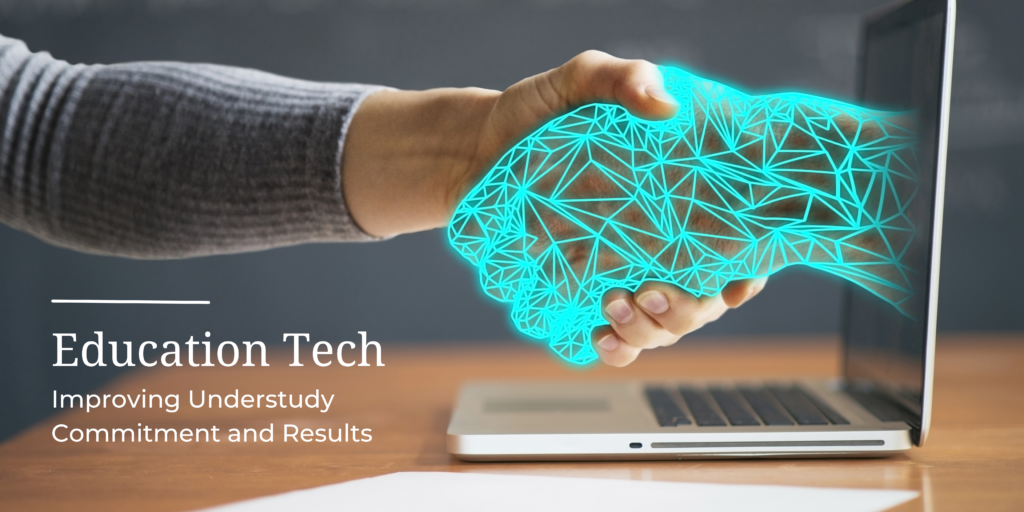
Section 3: Improving Understudy Commitment and Results
“10 Different ways Educational Tech is Further developing Understudy Commitment and Results”
Innovation is reforming instruction by improving understudy commitment, inspiration, and results. The following are 10 different ways innovation is having a beneficial outcome:
1. Intelligent Learning: Innovation empowers intuitive growth opportunities, like gamification, recreations, and mixed media content, making learning seriously captivating and fun.
2. Continuous Input: Innovation gives prompt criticism and evaluation, empowering understudies to keep tabs on their development and change their learning procedures.
3. Cooperative Devices: Innovation works with coordinated effort and correspondence among understudies, instructors, and friends, advancing collaboration and interactive abilities.
4. Admittance to Assets: Innovation gives admittance to a huge swath of computerized assets, including digital books, articles, and instructive sites, growing understudies’ information and understanding.
5. Customized Learning Ways: Innovation empowers instructors to make customized learning ways, taking special care of individual understudies’ requirements, capacities, and learning styles.
6. Virtual Learning Conditions: Innovation establishes virtual learning conditions, offering adaptability and openness for understudies with various advancing requirements and inclinations.
7. Information Examination: Innovation gives important experiences into understudy learning designs, assisting instructors with distinguishing areas of progress and streamline their educating techniques.
8. Virtual Mentorship: Innovation associates understudies with virtual coaches, giving direction, backing, and support all through their learning process.
9. Gamification: Innovation consolidates game plan components, making learning seriously captivating, cutthroat, and fulfilling.
10. Virtual Field Excursions: Innovation goes on understudies on virtual field outings, investigating spots, societies, and conditions, widening their viewpoints and understanding.
Customized Realizing: How Tech is Making Training More Powerful
Customized learning is a vital part of compelling instruction, and innovation is making it more open and proficient. How it’s done:
– Versatile learning frameworks change the educational plan to individual understudies’ necessities and capacities.
– Learning the board frameworks give customized learning ways and assets.
– Computer based intelligence controlled apparatuses offer customized criticism and direction.
– Virtual learning conditions take care of various learning styles and inclinations.
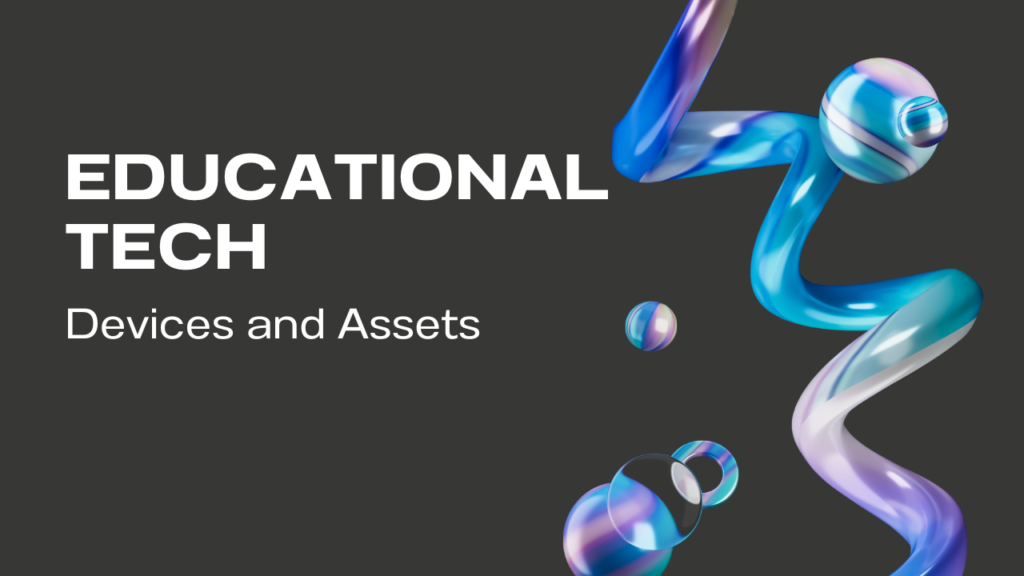
Section 4: Educational Tech Devices and Assets
“Educational Tech 101: A Novice’s Manual for Schooling Innovation”
Schooling innovation (Educational Tech) offers a huge range of instruments and assets to improve educating and learning. Here is a fledgling’s manual for kick you off:
– Learning The board Frameworks (LMS): Stages like Material, Chalkboard, and Moodle oversee and put together course happy, tasks, and evaluations.
– Computerized Whiteboards: Intelligent loads up like Savvy Loads up and Promethean improve examples with interactive media content and cooperation instruments.
– Instructive Programming: Apparatuses like Khan Foundation, Duolingo, and GeoGebra give intelligent opportunities for growth and assets.
– Online Assets: Sites like Edutopia, Instructors Pay Educators, and NASA STEM offer an abundance of instructive substance, illustration plans, and exercises.
– Versatile Applications: Applications like Kahoot, Quizlet, and Teeter-totter improve learning with gamification, cheat sheets, and advanced portfolios.
“The Advantages of Web based Learning Stages for Understudies and Educators”
Web based learning stages offer adaptability, availability, and customized growth opportunities. This is the way they benefit understudies and educators:
Understudies:
– Admittance to a huge swath of courses and assets
– Adaptability to learn at their own speed
– Customized growth opportunities
– Expanded commitment and inspiration
– Instructors: dmittance to a local area of teachers and assets
– Capacity to make and share advanced content
– Devices for appraisal and input
– Proficient improvement valuable open doors
Section 5: Instructing with Educational Tech
From Blackboards to Tablets: The Development of Training Innovation
Instructing with innovation has changed the homeroom experience, upgrading schooling and further developing understudy results. Here is a short development of Educational Tech:
– Blackboards (1800s): A conventional showing instrument, supplanted by whiteboards and computerized sheets.
– Above Projectors (1960s): Presented visual guides, presently supplanted by computerized projectors and intelligent sheets.
– PCs (1980s): Brought innovation into homerooms, empowering essential PC abilities and exploration.
– Web (1990s): Opened admittance to huge assets, empowering on the web examination and correspondence.
– Cell phones (2000s): Empowered anyplace, whenever learning, with applications and advanced assets.
– Virtual and Increased Reality (2010s): Changed vivid growth opportunities.
“Viable Techniques for Instructing with Innovation”
To really instruct with innovation, think about these methodologies:
– Reconciliation: Integrate innovation into illustration plans, upgrading instructing and learning.
– Preparing: Foster specialized abilities and educational information for compelling Educational Tech use.
– Adaptability: Adjust to new apparatuses and assets, embracing advancement and imagination.
– Coordinated effort: Offer assets and best practices with partners, improving the Educational Tech people group.
– Understudy Focused: Spotlight on understudy needs, utilizing innovation to improve customized learning.

Area 6: Tending to Difficulties and Concerns
Network safety in Training: Safeguarding Understudy Information and Security
As instruction progressively depends on innovation, network safety is pivotal to safeguard understudy information and protection. Key worries include:
– Information breaks
– Unapproved access
– Malware and ransomware assaults
– Online badgering and tormenting
To address these worries, teachers and establishments can:
– Execute powerful safety efforts (firewalls, encryption)
– Lead standard security reviews and chance evaluations
– Instruct understudies and staff about internet based wellbeing and security
– Foster occurrence reaction plans
– Guarantee consistence with information insurance guidelines
“Moral Contemplations in Educational Tech”
Educational Tech raises moral worries, including:
– Advanced separation and value
– Protection and observation
– Algorithmic predisposition and separation
– Instructor independence and responsibility
To address these worries, teachers and establishments can:
– Focus on advanced value and inclusivity
– Guarantee straightforward information assortment and use
– Foster moral rules for Educational Tech use
– Energize decisive reasoning and media education
– Cultivate continuous conversations and reflections on Educational Tech morals
Section 7: Conclusion
The Eventual fate of Training: How Tech is Changing the Homeroom
All in all, innovation is changing schooling in significant ways, altering the homeroom and improving understudy learning. From simulated intelligence fueled versatile figuring out how to augmented reality field trips, Educational Tech is separating hindrances and opening ways to additional opportunities. As we embrace this development, we should focus on capable advancement, moral contemplations, and comprehensive access, guaranteeing that each understudy benefits from the commitment of Educational Tech.
Embracing the Fate of Instruction
As we plan ahead, instructors, policymakers, and technologists should team up to:
– Create and execute compelling Educational Tech methodologies
– Address difficulties and concerns
– Cultivate a culture of development and trial and error
– Focus on understudy focused plan and comprehensive access
– Persistently assess and further develop Educational Tech drives
By cooperating, we can bridle the force of innovation to make a more fair, powerful, and drawing in schooling system, planning understudies for progress in the computerized age.
Final Conclusion
The eventual fate of instruction is invigorating and unsure, loaded with potential outcomes and difficulties. As we explore this scene, we should maintain our emphasis on the understudies, engaging them with the abilities, information, and imagination to flourish in a quickly impacting world. Embracing Educational Tech with reason and enthusiasm, we can shape a more promising time to come for all.
All in all, the mix of innovation in training has upset the manner in which we learn and educate. From upgrading understudy commitment and results to tending to difficulties and concerns, Educational Tech has changed the study hall experience. As we push ahead, it is pivotal that teachers, policymakers, and technologists team up to tackle the maximum capacity of Educational Tech, focusing on comprehensive access, moral contemplations, and understudy focused plan. Thusly, we can make a more powerful, productive, and impartial schooling system, getting ready understudies for outcome in the computerized age and engaging them to shape a more promising time to come for all.
